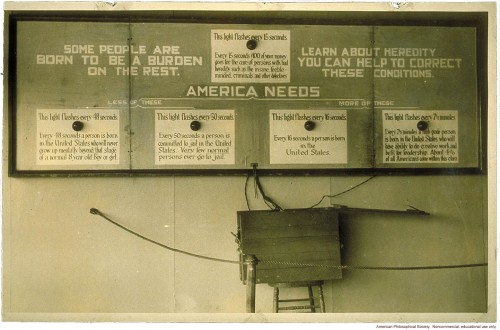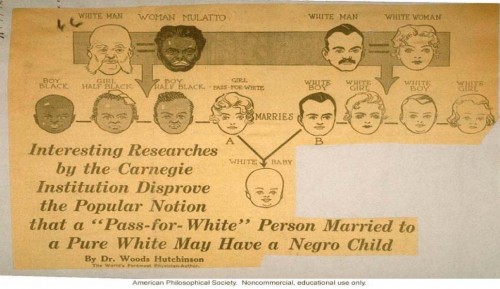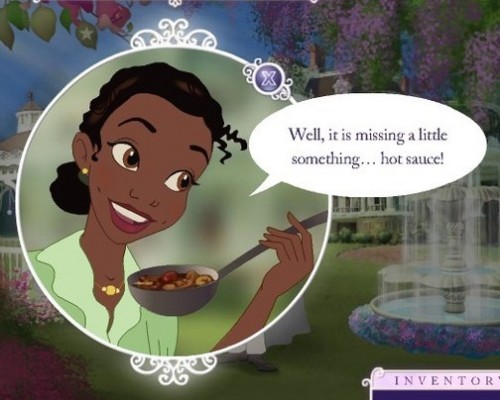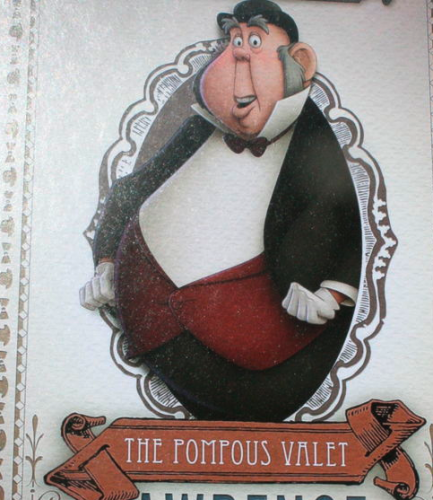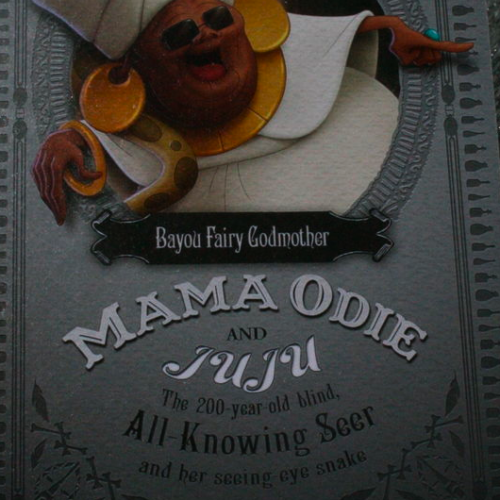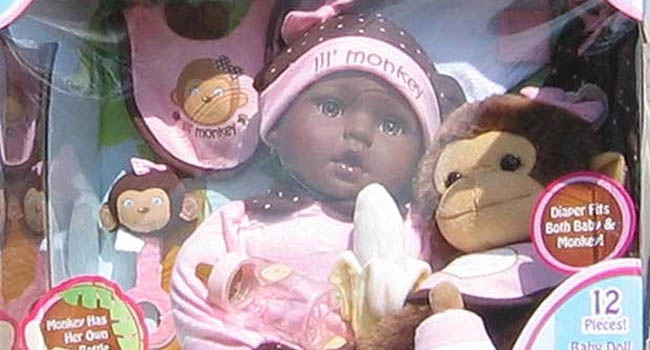Citizen Parables and Dmitriy T.M. alerted us to this month’s French Vogue. According to Jezebel, it features exactly zero black models. It does, however, contain several images of Dutch model Lara Stone painted so as to look black.
The photos are being condemned as contemporary blackface. I’d like to open it up to discussion:
1. Is painting a white model so as to look black the same thing (in some important and significant way) as the derogatory minstrelsy with which blackface (with white mouths and red lips) is associated? Is the intent (dehumanization) the same? Is the effect the same? Why or why not? If not, could it be that we are as inured to racism now as they were then?
2. Is the real (or part of the) problem the lack of actual black models? That is, if there were black models in the magazine, would we read these images differently?
3. If we saw models of different races being painted various colors, would the white model painted black cease to be significant? Or, because of history, should this always (for the foreseeable future) be off limits?
4. Is this “edgy” (and, therefore, fashion forward) exactly because it references historical blackface? In that case, should fashion play with such topics? Can people in the fashion industry do so responsibly? And, if so, what would that look like?
More examples and discussion of contemporary “blackface” here, here, here, here, and here. Also, Bugs Bunny.
—————————
Lisa Wade is a professor of sociology at Occidental College. You can follow her on Twitter and Facebook.
Lisa Wade, PhD is an Associate Professor at Tulane University. She is the author of American Hookup, a book about college sexual culture; a textbook about gender; and a forthcoming introductory text: Terrible Magnificent Sociology. You can follow her on Twitter and Instagram.

